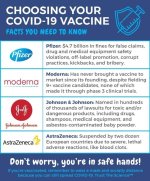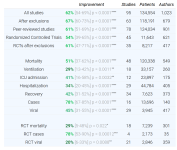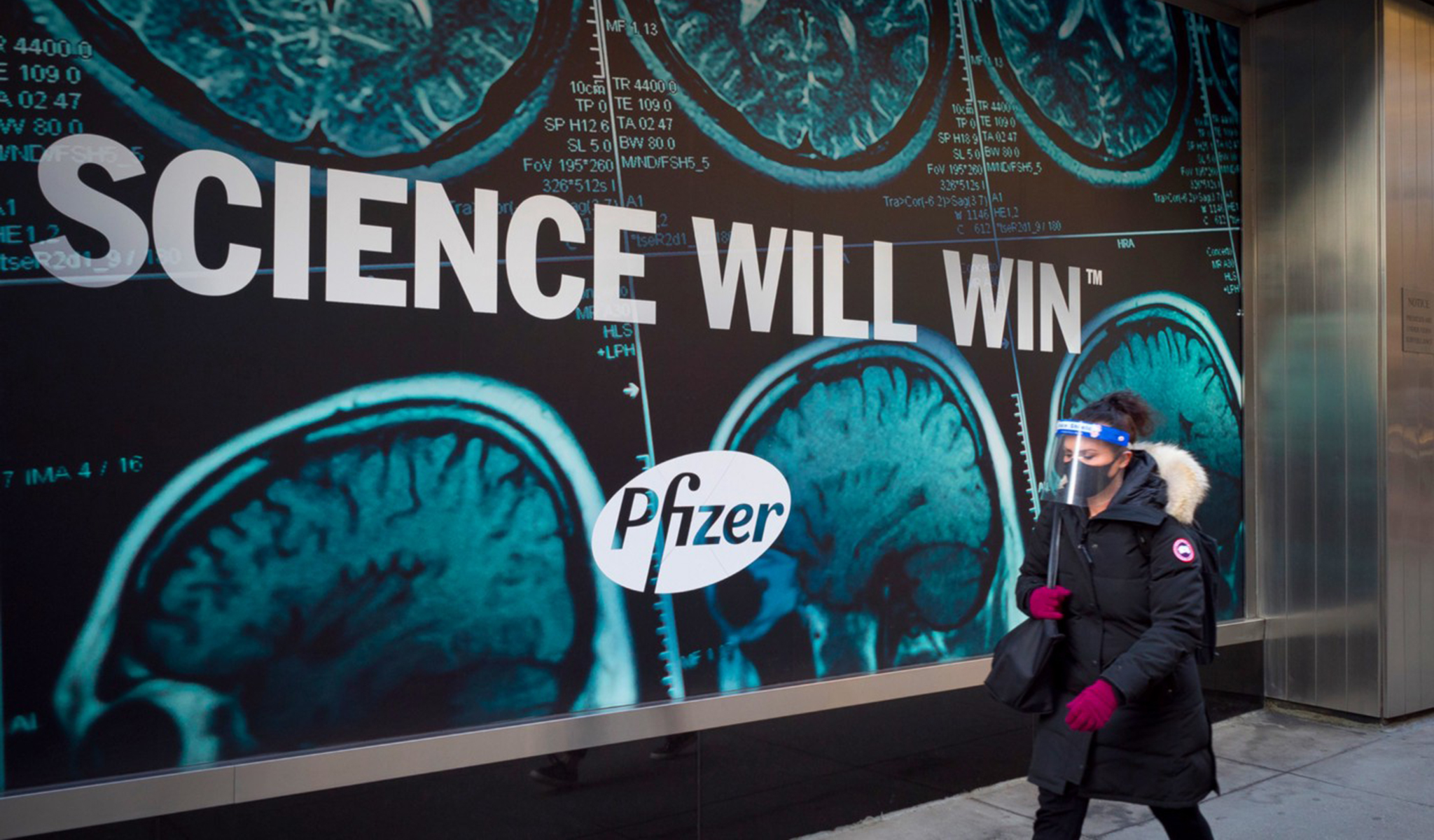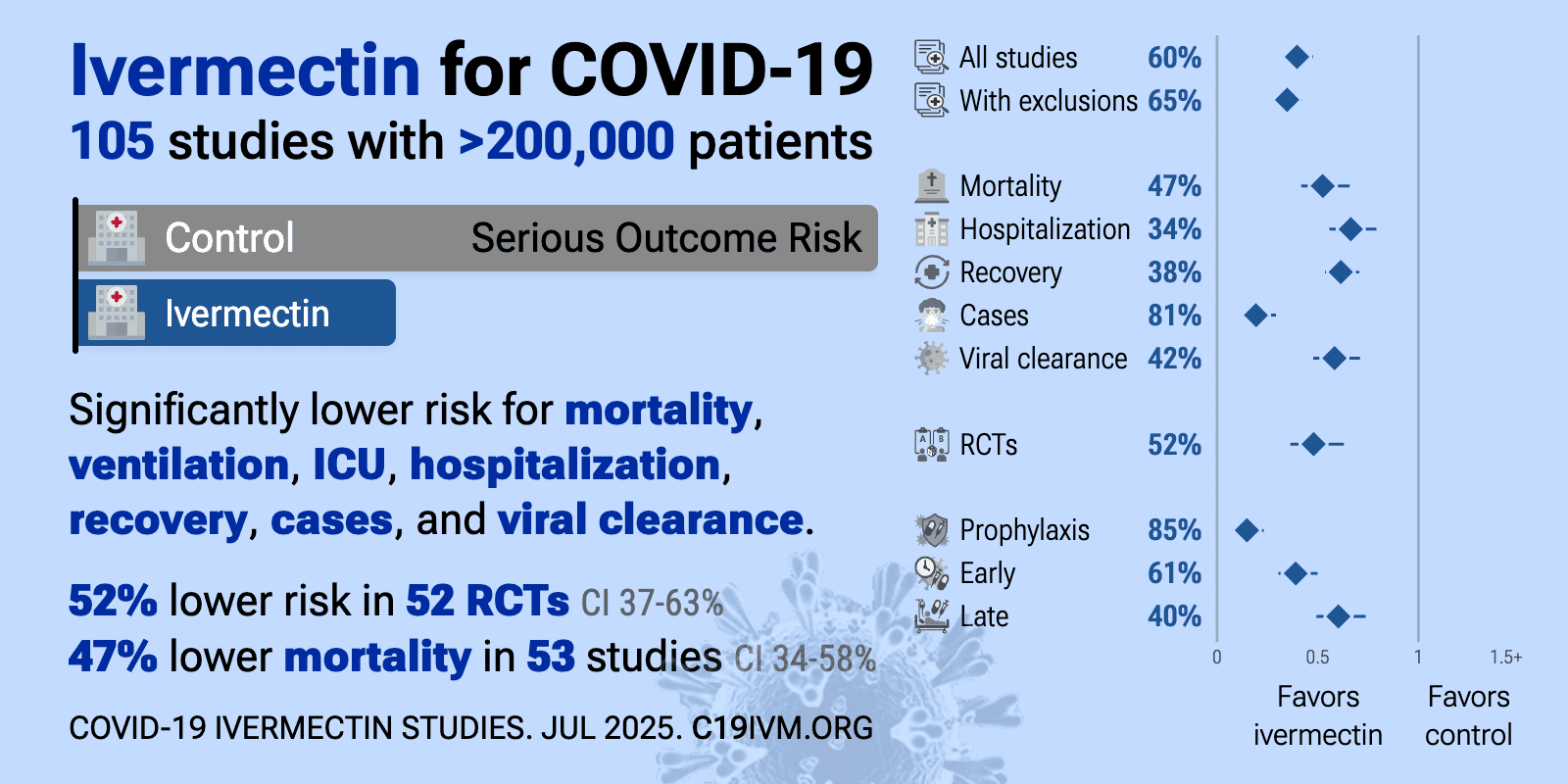Follow the money. The majority of big pharma political donations goes to...can you guess? That's right! Republicans:
From 1998-2012, Big Phamra has led the political lobbying charge in the US by spending over $2 billion over the period.

www.drugsdb.com
follow the money

When it comes to the news, you can seek out independent, nonprofit outlets, which are less likely to be biased due to pharma funding.

brownstone.org
Even after it was proven in court that Purdue fraudulently marketed OxyContin while
concealing its addictive nature, no one from the company spent a single day behind bars. Instead, the company got a slap on the wrist and a
$600 million fine for a misdemeanor, the equivalent of a speeding ticket compared to the $9 billion they made off OxyContin up until 2006. Meanwhile, thanks to Purdue’s recklessness, more than 247,000 people
died from prescription opioid overdosesbetween 1999 and 2009.And that’s not even factoring in all the people who died of heroin overdoses once OxyContin was no longer attainable to them.
...
In 2020, Purdue
pled guilty to three criminal charges in an $8.3 billion deal, but the company is now under court protection after filing for bankruptcy. Despite all the damage that’s been done, the FDA’s policies for approving opioids
remain essentially unchanged.
...
Purdue probably wouldn’t have been able to pull this off if it weren’t for an FDA examiner named Curtis Wright, and his assistant Douglas Kramer. While Purdue was pursuing Wright’s stamp of approval on OxyContin, Wright took an outright sketchy approach to their application,
instructing the company to mail documents to his home office rather than the FDA, and enlisting Purdue employees to help him review trials about the safety of the drug. The Food, Drug, and Cosmetic Act requires that the FDA have access to
at least two randomized controlled trials before deeming a drug as safe and effective, but in the case of OxyContin, it got approved
with data from just one measly two-week study — in osteoarthritis patients, no less.
When both Wright and Kramer left the FDA, they went on to
work for none other than (drumroll, please) Purdue, with
Wright earning three times his FDA salary. By the way — this is just one example of the FDA’s notoriously incestuous relationship with big pharma, often referred to as
“the revolving door”. In fact, a
2018 Science report revealed that 11 out of 16 FDA reviewers ended up at the same companies they had been regulating products for.

So, anyone got anything credible to support Ivermectin as a treatment for Covid or is it just the usual dopey rubbish propagated by dopey conspiracy nuts?
The public typically relies on an endorsement from government agencies to help them decide whether or not a new drug, vaccine, or medical device is safe and effective. And those agencies, like the FDA, count on clinical research. As already established, big pharma is notorious for getting its hooks into influential government officials. Here’s another sobering truth: The majority of scientific research is paid for by the pharmaceutical companies.
When the
New England Journal of Medicine (
NEJM) published 73 studies of new drugs over the course of a single year, they found that a staggering 82% of them had been funded by the pharmaceutical company selling the product, 68% had authors who were employees of that company, and 50% had lead researchers who
accepted money from a drug company. According to
2013 research conducted at the University of Arizona College of Law, even when pharma companies aren’t directly funding the research, company stockholders, consultants, directors, and officers are almost always involved in conducting them. A 2017 report by the peer-reviewed journal
The BMJ also showed that about half of medical journal editors
receive payments from drug companies, with the average payment per editor hovering around $28,000. But these statistics are only accurate if researchers and editors are transparent about payments from pharma. And a
2022 investigative analysis of two of the most influential medical journals found that 81% of study authors failed to disclose millions in payments from drug companies, as they’re required to do.
Unfortunately, this trend shows no sign of slowing down. The number of clinical trials funded by the pharmaceutical industry has been
climbing every year since 2006, according to a John Hopkins University report, while independent studies have been harder to find. And there are some serious consequences to these conflicts of interest. Take Avandia, for instance, a diabetes drug produced by GlaxoSmithCline (GSK). Avandia was eventually
linked to a dramatically increased risk of heart attacks and heart failure. And a
BMJ report revealed that almost 90% of scientists who initially wrote glowing articles about Avandia had financial ties to GSK.
105 ivermectin COVID-19 controlled studies. 85% improvement for prophylaxis, p < 0.0001. 61% improvement for early treatment, p < 0.0001. 40% improvement for late treatment, p < 0.0001. ivmmeta

c19ivm.org




www.drugsdb.com

 brownstone.org
brownstone.org





www.drugsdb.com
